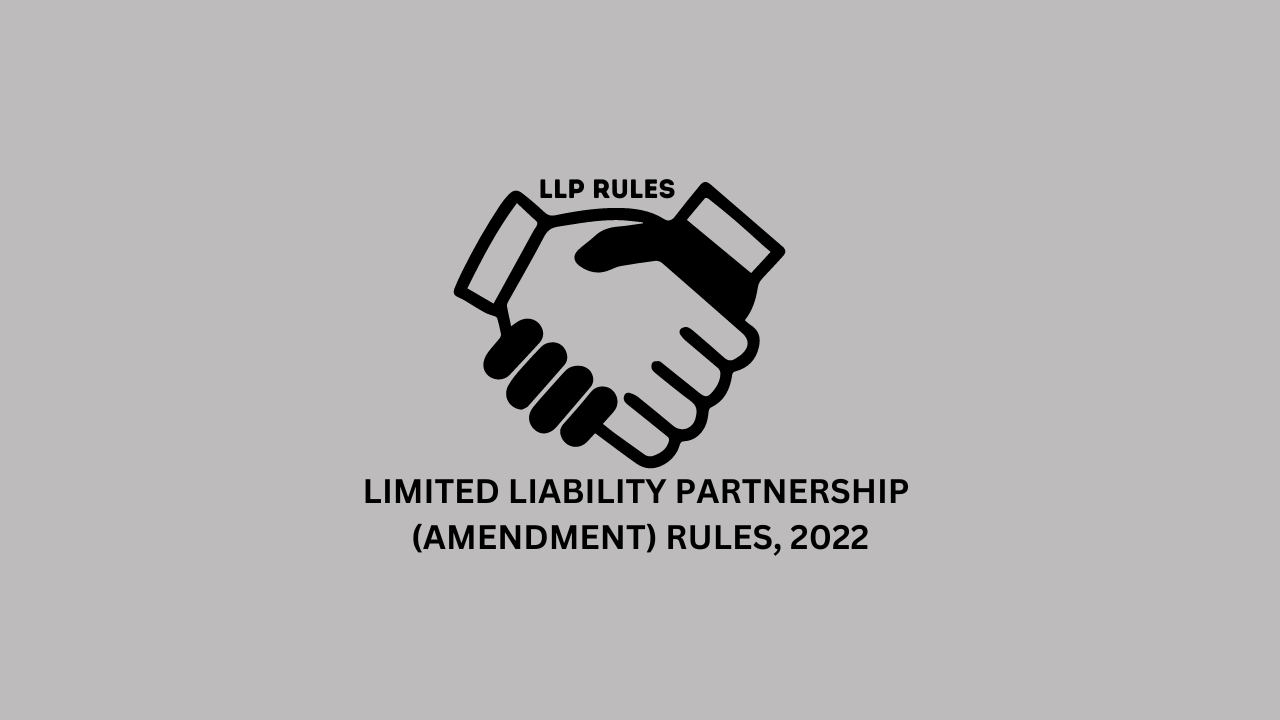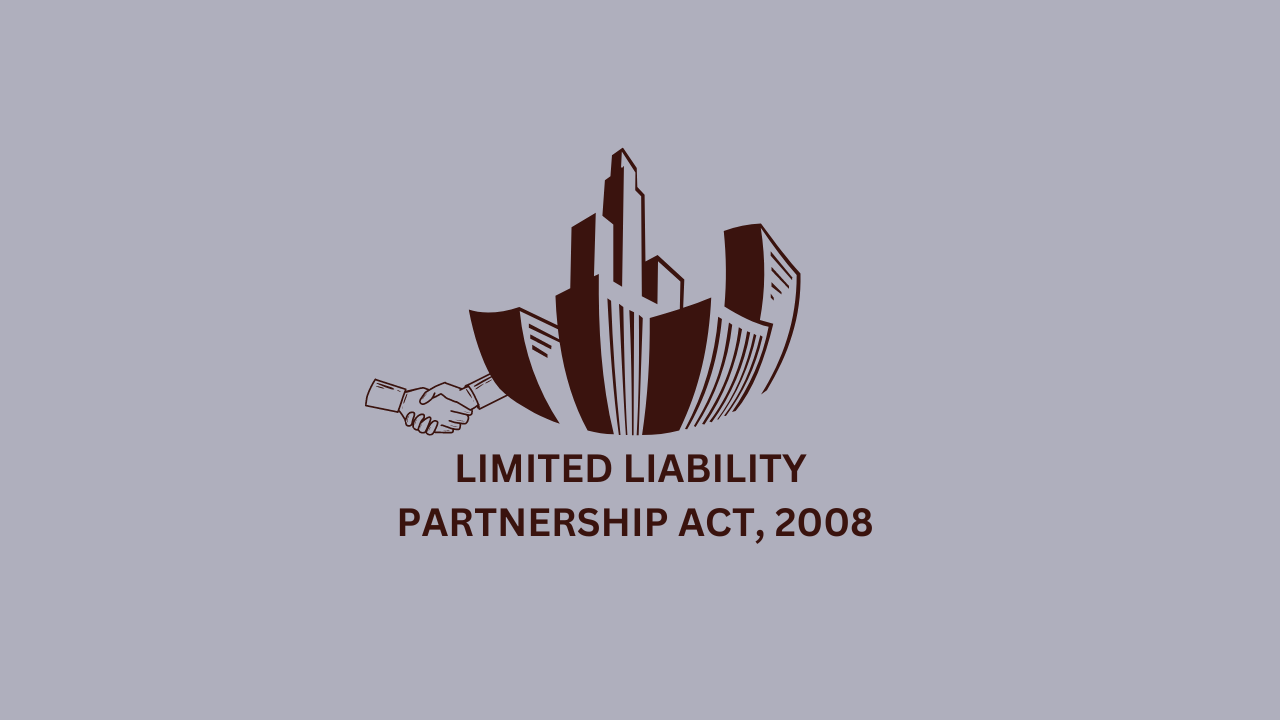
The Company, CFO, Directors, and CS are all subject to a penalty of Rs. 12 lakhs from ROC India for failing to appoint an independent director.
A Rs. 12 Lakh fine was imposed on the company.
According to MCA-21 records, the company’s paid-up share capital in this instance was Rs. 571,081,974 for the fiscal year that ran from April 1, 2014, to March 31, 2022. The company is also exceeding this threshold based on its financial statements from April 1, 2014, to the present. For these reasons, it is required to establish a Nomination and Remuneration Committee, which must have at least three independent directors who make up the majority of the committee, in accordance with section 178 of the Companies Act of 2013.
But according to the records, from December 14, 2016, to December 12, 2022, the company only had one independent director, compared to the minimum of two required by Section 149(4) of the Companies Act, 2013 and Rule 4 of the Companies (Appointment of Directors) Rules, 2014. The company also failed to form a proper “Nomination and Remuneration Committee on board,” as required by Section 178 of the Companies Act, 2013 in conjunction with Rule 4 of the Companies (Appointment and Qualification of Directors) Rules, 2014. The current offence can be decided as of December 21, 2020.
Thus, by Section 454(4) read with 178 of the Companies Act, 2013 read with Rule 3(2) Of Companies (Adjudication of Penalties), 2014 as amended in Amendment Rules, 2020, the adjudication officer has issued an adjudication notice vide ROCP/ADJ/ 178/23-24/KHED/B/6/2282 to 2290 dated 19.12.2023 (hereinafter referred to as Adjudication Notice) to the company and its officers in default for the violation of the act’s provisions as mentioned in the paragraph “a” above;
The company and its directors responded to the adjudication notice on December 29, 2023. They stated that the company could not form a proper “Nomination and Remuneration Committee” because there was only one Independent Director in the company between December 14, 2016, and December 12, 2022. Following the appointment of the second Independent Director on December 13, 2022, the Board duly established a Nomination and Remuneration Committee on March 31, 2023. As such, the Company complies with Rule 4 of the Companies (Appointment and Qualification of Directors) Rules, 2014, as well as the applicable provisions of Section 178 of the Act.
Additionally, the business has asked that no further action be taken or penalties be assessed in relation to the Notice.
Furthermore, Noticee(s) were given the opportunity to respond under section 454(4) of the Act read with Rule 3(2) of the Companies (Adjudication Of Penalties) Rules, 2014 by issuing an Adjudication Notice vide ROCP/ADJ/178/23–24/KHED/B/6/2282 to 2290 dated 19.12.2023 (hereinafter referred to as Adjudication Notice) explaining why the Company and its officers should not be penalised for the aforementioned violations under section 178 of the Act.
The penalty has been imposed on KMP who is in default from December 21, 2020, to the date of KMP cessation, which is June 15, 2022. In the event that KMP is not present, the punishment has been imposed on all directors who are in default from June 16, 2022, to December 12, 2022.
Therefore, it is believed that no more physical hearing is necessary to determine if the aforementioned section has been violated.
According to this order’s paragraph 5.(e), the Noticee(s) are also free to appeal this decision.
According to the records that are currently available, it can be observed that, between December 14, 2016, and December 12, 2022, the company only has one independent director, instead of the minimum two required by Section 149(4) of the Companies Act, 2013 and Rule 4 of the Companies (Appointment of Directors) Rules, 2014. The company has also failed to establish a proper Nomination and Remuneration Committee in accordance with Section 178 of the Companies Act, 2013 and Rule 4 of the Companies (Appointment and Qualification of Directors) Rules, 2014, and has defaulted on the appointment of Independent Directors. The current offence can be decided as of December 21, 2020.
As a result, the business and its executives are subject to legal action under Section 178(8) of the Act for violating Rule 4 of the Companies (Appointment of Directors) Rules, 2014.
By virtue of the authority granted to the undersigned by Notification dated March 24, 2015, and after considering the above-mentioned factors, the undersigned hereby imposes a penalty of Rs. 12 Lakh on the company and its officers for violating Section 178 of the Act, in accordance with Rule 3(12) of the Companies (Adjudication of Penalties) Rules, 2014, as well as the proviso of the aforementioned Rule and Rule 3(13) of the same Rules, 2014, in accordance with General Circular No. 1/2020, dated 02.03.2020.
According to this viewpoint, the fine levied is appropriate given the failure the notice(s) committed as mentioned above. Other administrative tasks are the reason for the order’s delay in being issued.
According to Rule 3(14) of the Companies (Adjudication of Penalties) Rules, 2014, the Noticee(s)/applicant(s) must only pay the penalty through the Ministry of Corporate Affairs online.
Within sixty days of the date of receipt of this order, an appeal may be filed in writing under section 454(5) of the Act with the Regional Director (Western Region), Ministry of Corporate Affairs 100, Everest, 5th Floor, Netaji Subhash Road, Marine Drive, Mumbai-400002, accompanied by a certified copy of this order and a Form ADJ outlining the grounds of appeal. The Companies (Adjudication of Penalties) Rules, 2014, as amended by the Companies (Adjudication of Penalties) Amendment Rules, 2019, are read in conjunction with Section 454 of the Act.
We further draw your attention to section 454(8)(ii) of the Act, which addresses the implications of failing to pay the penalty within the allotted 90 days of the date of receipt.
A copy of this order is being sent to KHED DEVELOPERS LIMITED, with respect to the provisions of sub-rule (9) of Rule 3 of the Companies (Adjudication of Penalties) Rules, 2014, as amended by the Companies (Adjudication of Penalties) Amendment Rules, 2019, as well as to the Office of the Regional Director (Western Region), Ministry of Corporate Affairs, and all directors/officers in default mentioned above.
When two businesses merge, their boards of directors authorise the union and ask the shareholders for their consent. For instance, in 1998, the Digital Equipment Corporation and Compaq entered into a merger agreement wherein Compaq acquired the Digital Equipment Corporation. Later, in 2002, Compaq and Hewlett-Packard combined. CPQ was Compaq’s pre-merger ticker symbol. The present ticker symbol (HPQ) was created by combining this with the Hewlett-Packard ticker sign (HWP).
In a straightforward acquisition, the acquiring business buys the bulk of the acquired company, which keeps its original name and organisational structure. The 2004 acquisition of John Hancock Financial Services by Manulife Financial Corporation, in which both businesses kept their names and organisational structures, is an illustration of this kind of deal. Six By using a whitewash resolution, the target company may demand that the purchasers guarantee that the target business will continue to operate profitably for a certain amount of time following acquisition.
By merging key operations and doing away with outdated corporate frameworks, consolidation results in the creation of a new corporation. Following their acceptance, shareholders of both firms will get common equity shares in the combined company. The consolidation requires their permission. For instance, the 1998 announcement of a merger between Citicorp and Travellers Insurance Group led to the creation of Citigroup.
In a tender offer, one business proposes to pay a certain amount instead of the going rate for the other business’s outstanding stock. By passing the management and board of directors, the purchasing business makes the offer directly known to the other company’s shareholders. For instance, Johnson & Johnson submitted a $438 million tender offer to purchase Omrix Biopharmaceuticals in 2008. By the end of December 2008, the agreement had been finalised when the company accepted the tender offer.
An asset acquisition occurs when a business directly buys the assets of another business. The shareholders of the company whose assets are being acquired must provide their permission. During bankruptcy procedures, it is common for other companies to bid for different assets of the insolvent company. The bankrupt company is then liquidated upon the ultimate transfer of assets to the purchasing firms.
In a management acquisition, which is often referred to as a management-led buyout (MBO), the executives of one firm acquire a majority stake in another, therefore bringing it private. In an attempt to assist with financing a transaction, these former CEOs frequently collaborate with financiers or former corporate officers. These M&A deals usually require the approval of the majority of shareholders and are financed mostly through debt. For instance, Dell Corporation declared in 2013 that its founder, Michael Dell, had purchased the company.








